Back in 1995, a German-French couple opened Vietnam’s first international resort on Mui Ne Beach, around 200kms north of Saigon. They were small investors who fell in love with a stretch of beach, and took the gutsy decision to create a small, simple, resort. There was nothing much there and there was very little nearby apart from small fishing communities.
Vietnam’s spectacular coastline had its first international resort - Coco Beach Resort. And we all wondered what would follow? There was a lot of optimism - especially among those of us working in tourism.
I recently revisited Coco Beach.
The place is blissfully similar to its original incarnation. Simple rooms, ocean views and sounds, and serenity - at least during my low-season stay.
Coco Beach is an uncomplicated and unpretentious place. And I’m happy with that. You can read more about it here.
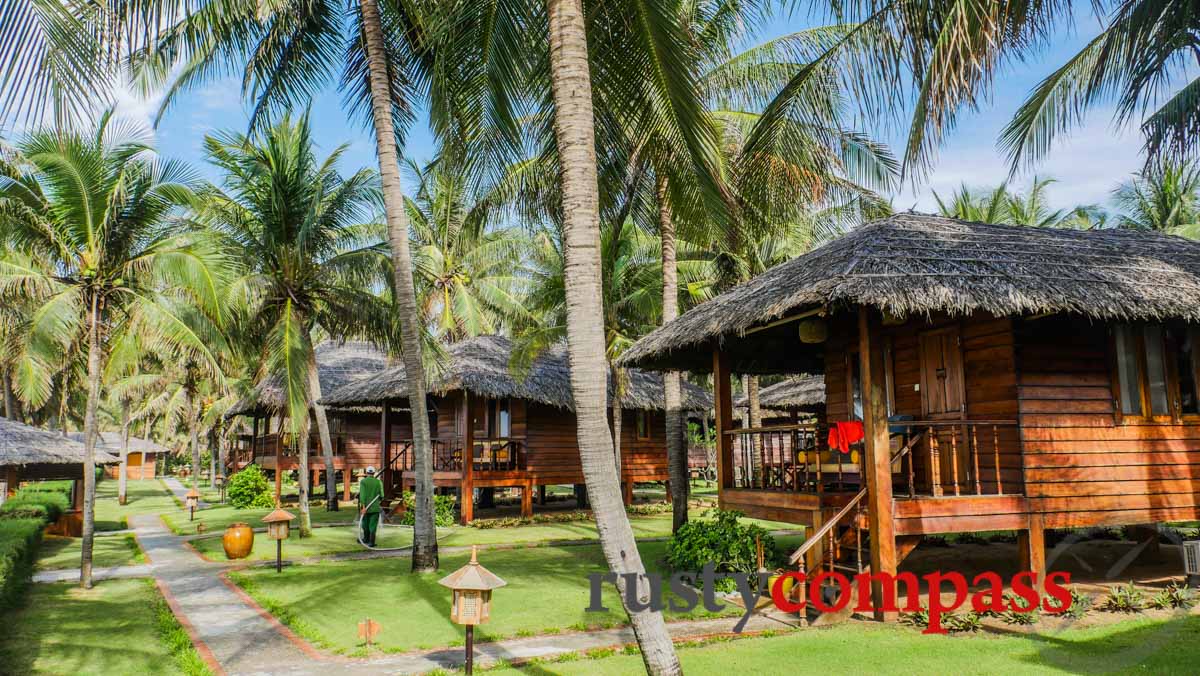
Photo: Mark Bowyer Coco Beach Resort, Mui Ne - Vietnam's first international resort
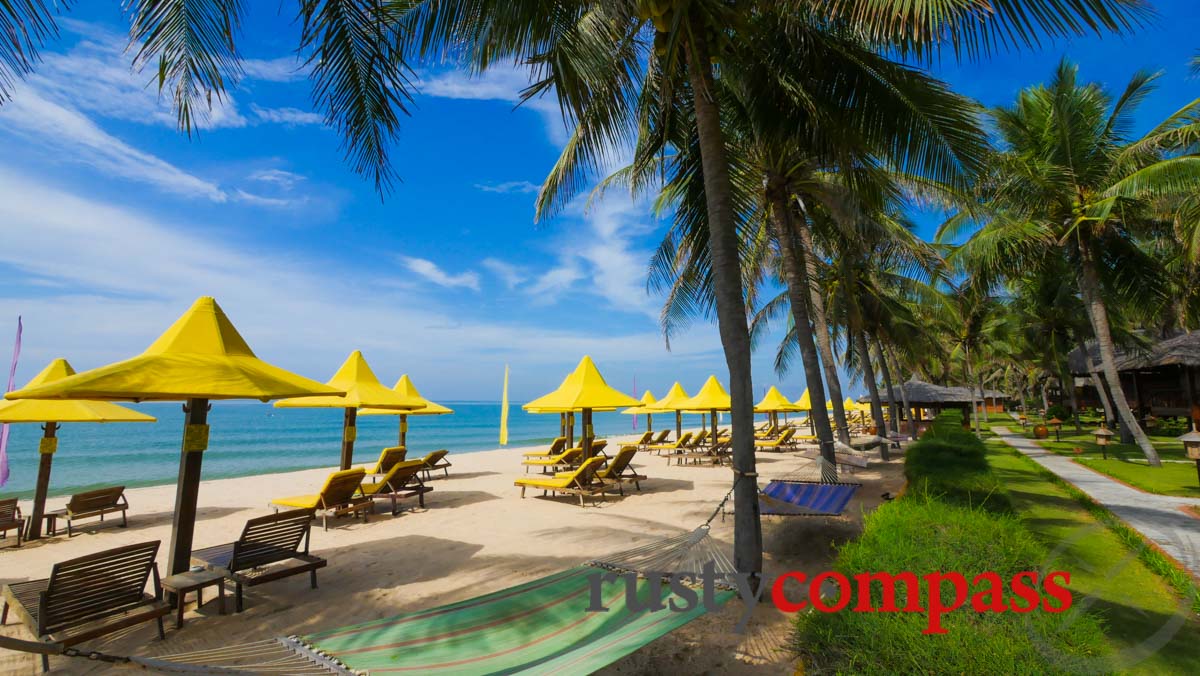
Photo: Mark Bowyer Coco Beach Resort, Mui Ne - Vietnam's first international resort
During my recent stay, it was hard to avoid thinking about what's happened to coastal development in Vietnam since 1995. Mui Ne has changed enormously. But it's starting to look like one of the less overcooked destinations, compared with Nha Trang, Danang, and other emerging hotspots.
This country has some of South East Asia's most beautiful coastline. And there’s lots of it. Its development has always been inevitable, desirable, and a necessary feature of the Vietnam’s development as a tourism destination.
Back in the 90s those of us working in tourism asked, how should Vietnam develop its coast? What lessons should Vietnam learn from its more developed neighbours, Thailand, Indonesia and Malaysia? And how will Vietnam position itself for the future - making sustainable use of its uniquely precious coastal assets? How will Vietnam compete with regional destinations?.
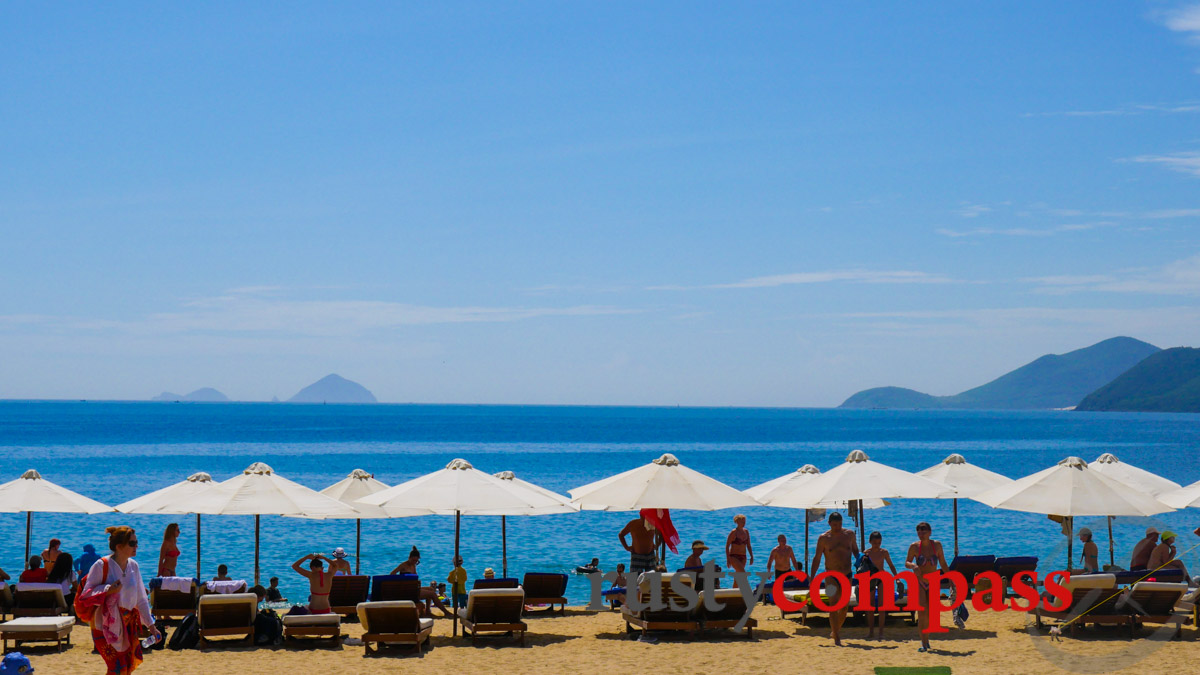
Photo: Mark Bowyer Nha Trang's bay - still a beauty
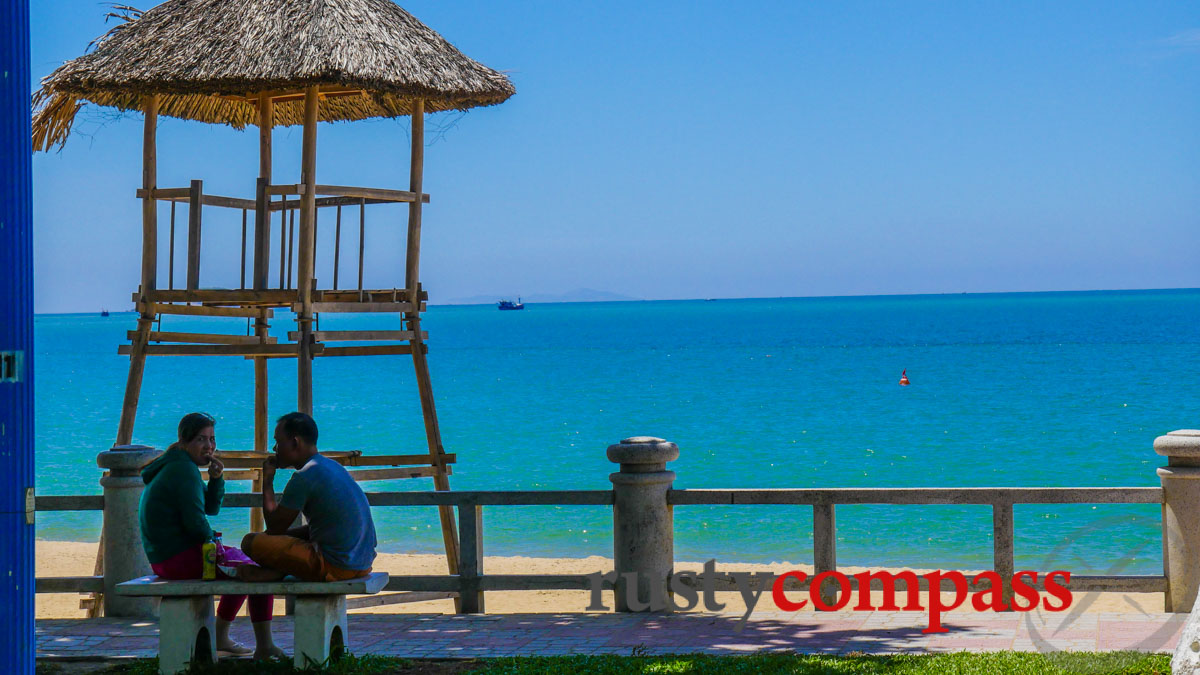
Photo: Mark Bowyer Nature was kind - Nha Trang
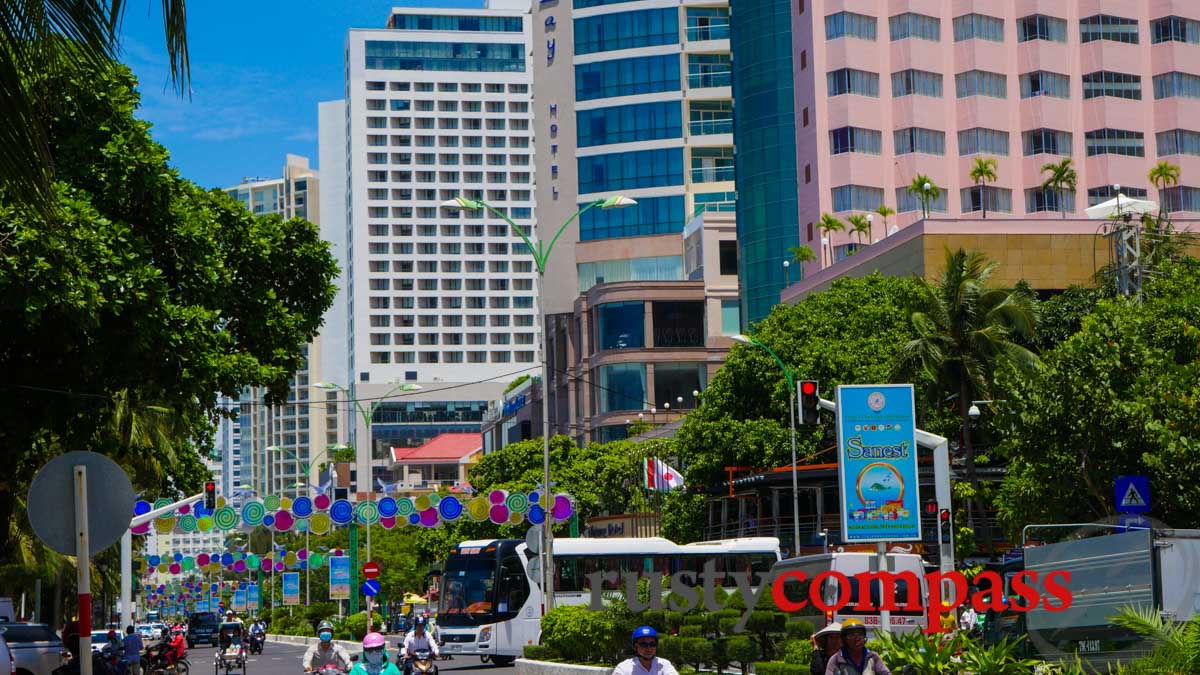
Photo: Mark Bowyer Authentic Nha Trang
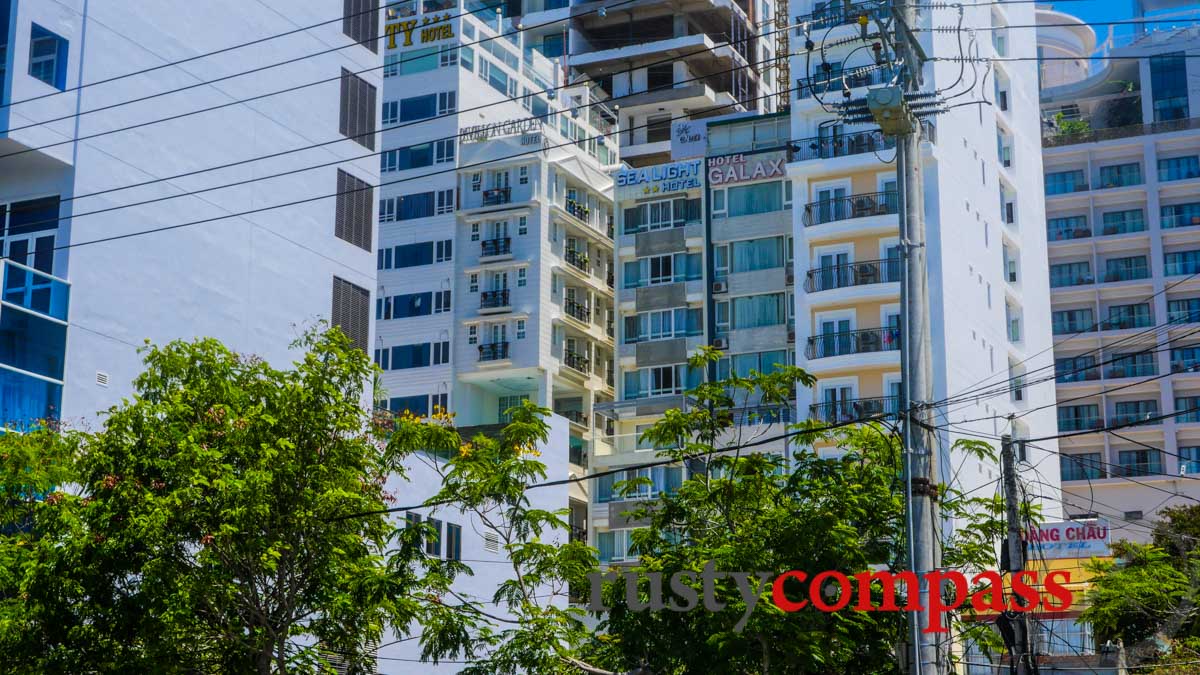
Photo: Mark Bowyer Man was greedy - Nha Trang
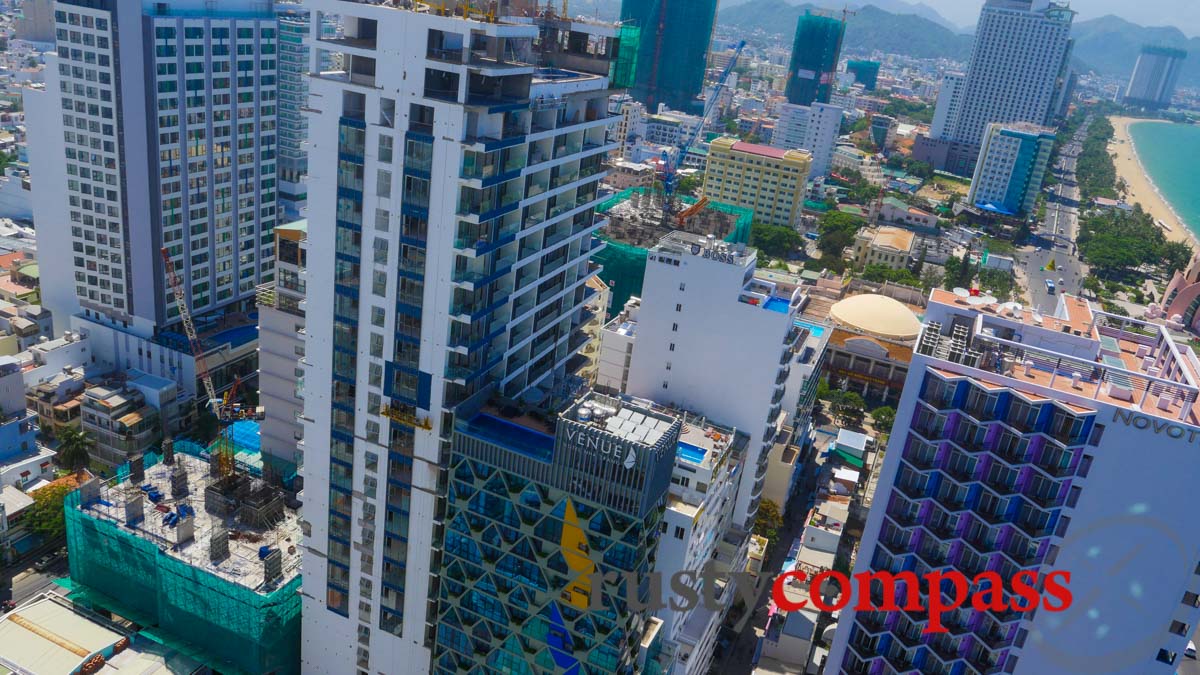
Photo: Mark Bowyer Plenty of space for new highrise.
In 2017, we have a better sense of where things are headed. And it ain’t pretty.
It’s fair to say that Coco Beach’s small-scale, low-impact approach, did not impress the nation’s tourism fathers.
Vietnam is a contender for the dubious distinction of being South East Asia's leader in concrete intensive, high rise, large scale hotel and resort development - taking account of its relatively early stage of development.
Water quality and the environment are lower priorities. And there’s a lot more concrete to be poured in Danang, Phu Quoc and Nha Trang. These places are only just getting started.
Vietnam has fewer smaller quality boutique resorts, owned by small entrepreneurs - local and international.
Vietnam still has huge swathes of magnificent coastline free of concrete and over-development. The large strip of coast between Nha Trang and Hoi An is mostly undeveloped. But a pattern is forming. When a place is earmarked for development, a single template of large imposing resorts is applied.
This has been the case in Nha Trang, Danang - Hoi An and most recently, Phu Quoc. Cam Ranh looks to be next on the list.
These places do not set out to offer a unique Vietnam experience. And they are remarkably similar in character or lack thereof - even if their beaches are nice. Tourists are looking for more.
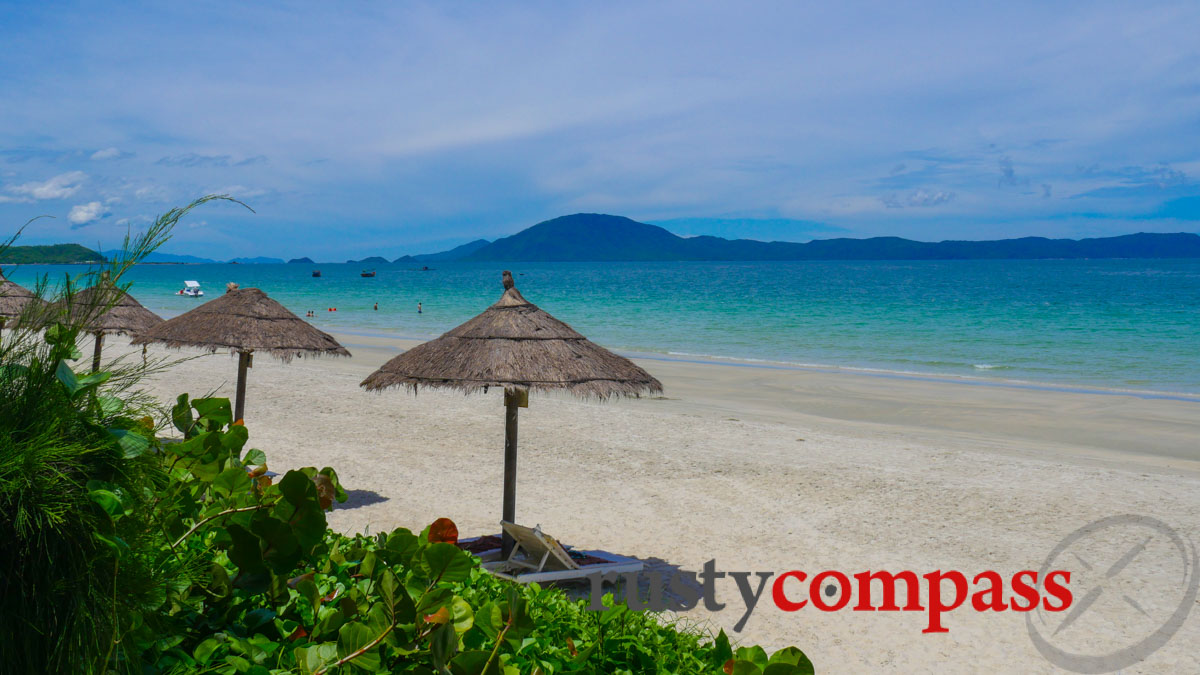
Photo: Mark Bowyer Doc Let Beach, Ninh Hoa, north of Nha Trang. How to get it right?
Vietnam’s coastal developments may be reaching for the sky, but this is a race to the bottom. Just ask tourism businesses in Nha Trang.
Everybody I spoke with during a recent visit - tour operators, restaurant and cafe owners, budget and luxury hotel operators - mentioned the disappearance of longstanding tourism markets from the city. Chinese, Russians and domestic travellers are still coming. But other markets are staying away in droves. And I was told arrivals and yield from Russian and Chinese markets are also falling.
More concrete seems to equal lower returns. There were loads of tourists around. But nothing about it looked sustainable.
Resort operators in both Ninh Van Bay north of Nha Trang and Cam Ranh to the south, told me of their plans to shift their marketing away from using the name Nha Trang, focusing instead on their local names.
I couldn't help but feel sad for Nha Trang. How did it become so undesirable so quickly?
Nha Trang's problems reach beyond issues of high-rise over-development. But this has contributed to the race to the bottom that high-end resort operators are trying to distance themselves from.
In recent months, I’ve met many international tourists who’ve expressed disappointment with the intensity and seemingly anarchic planning of development in Nha Trang, Phu Quoc and Danang. Cleanliness of beaches and water are also pressing issues.
What's happening in Phuket?
I recently returned to Phuket for the first time in over a decade. It’s one of South East Asia’s most successful tourism destinations - attracting a broad mix of travellers from around the world.
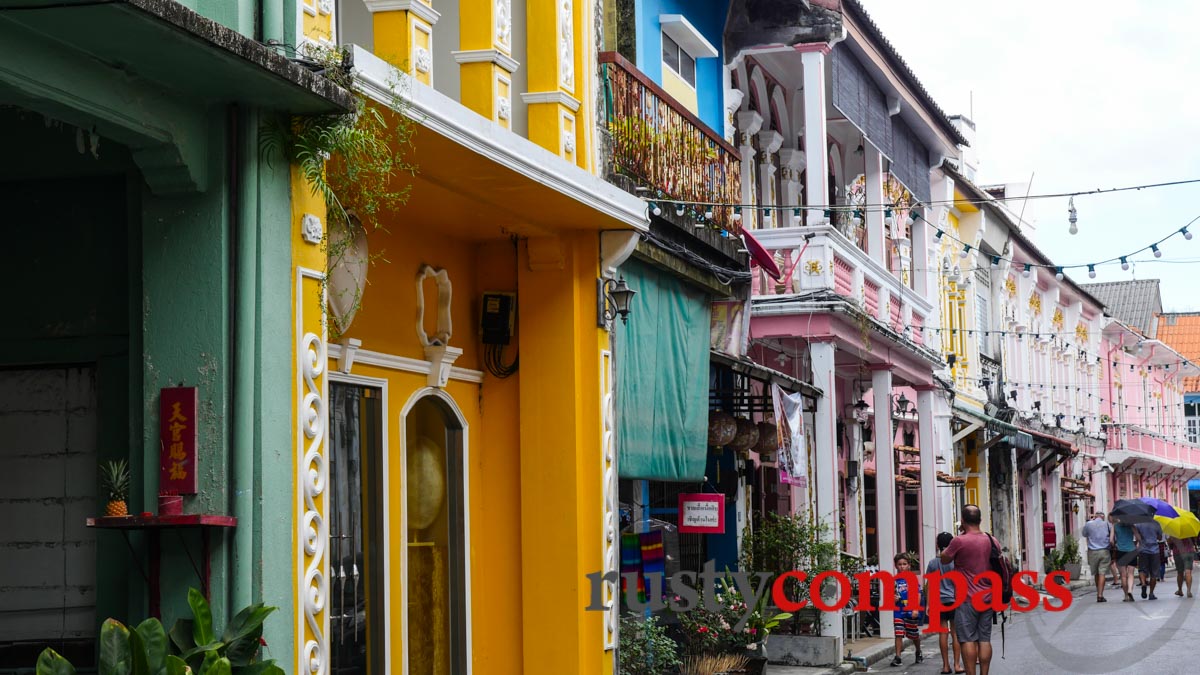
Photo: Mark Bowyer Shophouses in Phuket Town

Photo: Mark Bowyer Chinese shophouse, Phuket Town
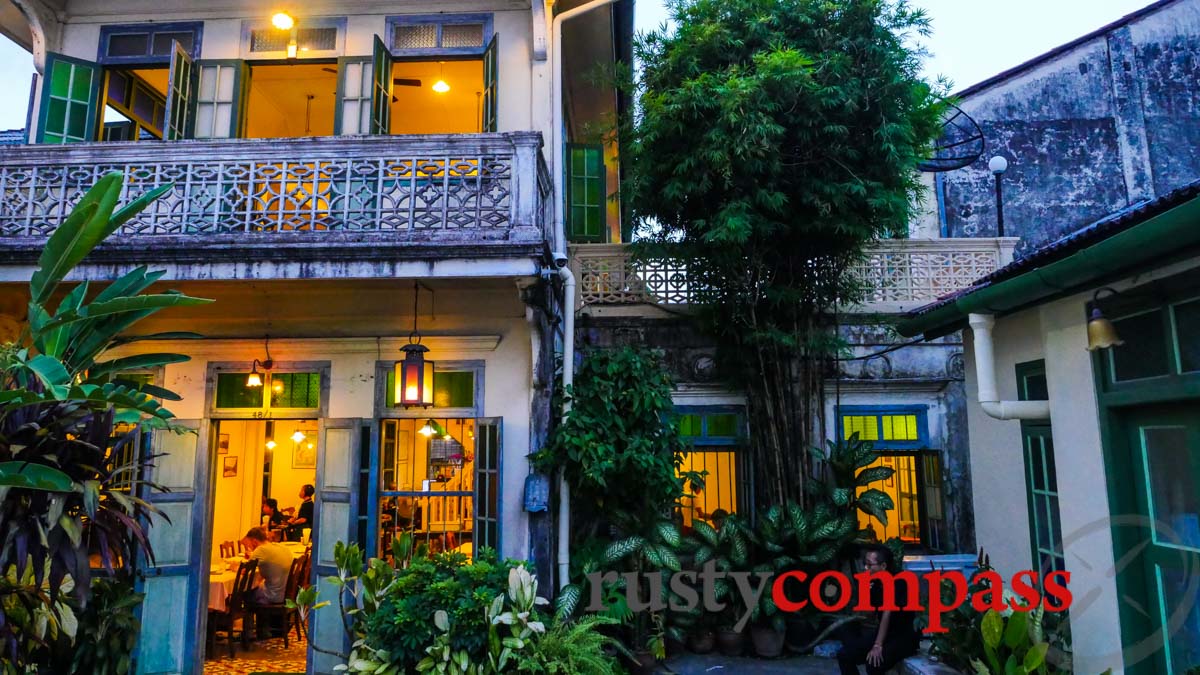
Photo: Mark Bowyer Favourite old restaurant, Phuket Town
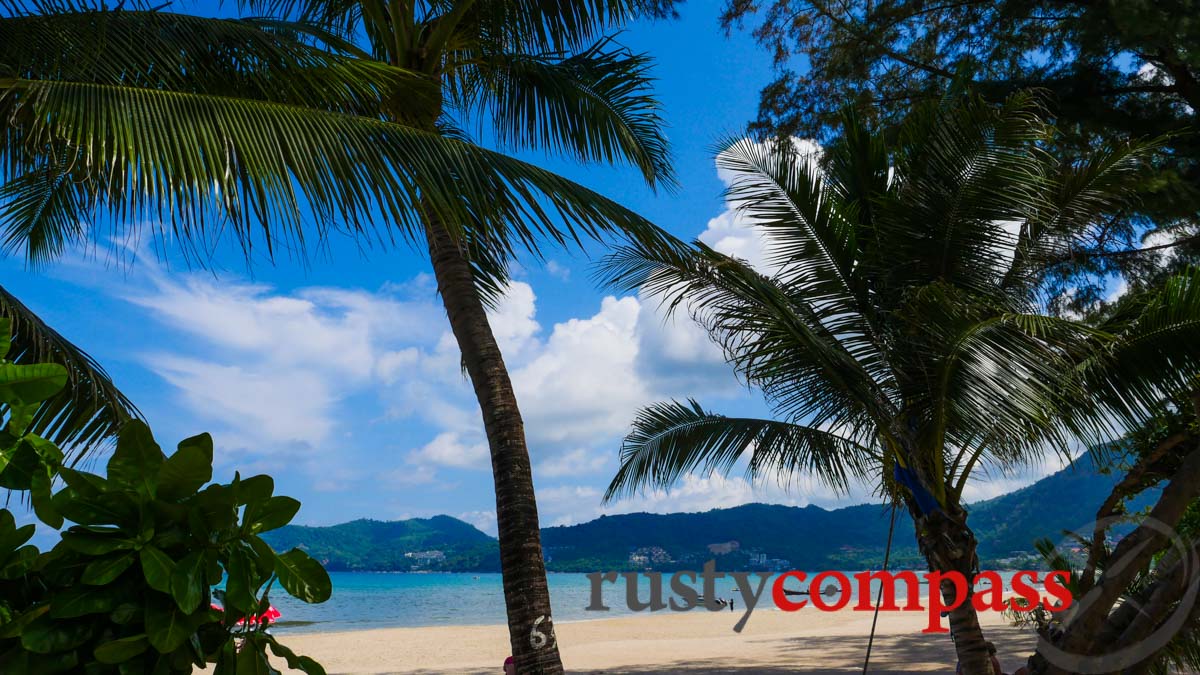
Photo: Mark Bowyer Patong Beach - the centre of mass development in Phuket
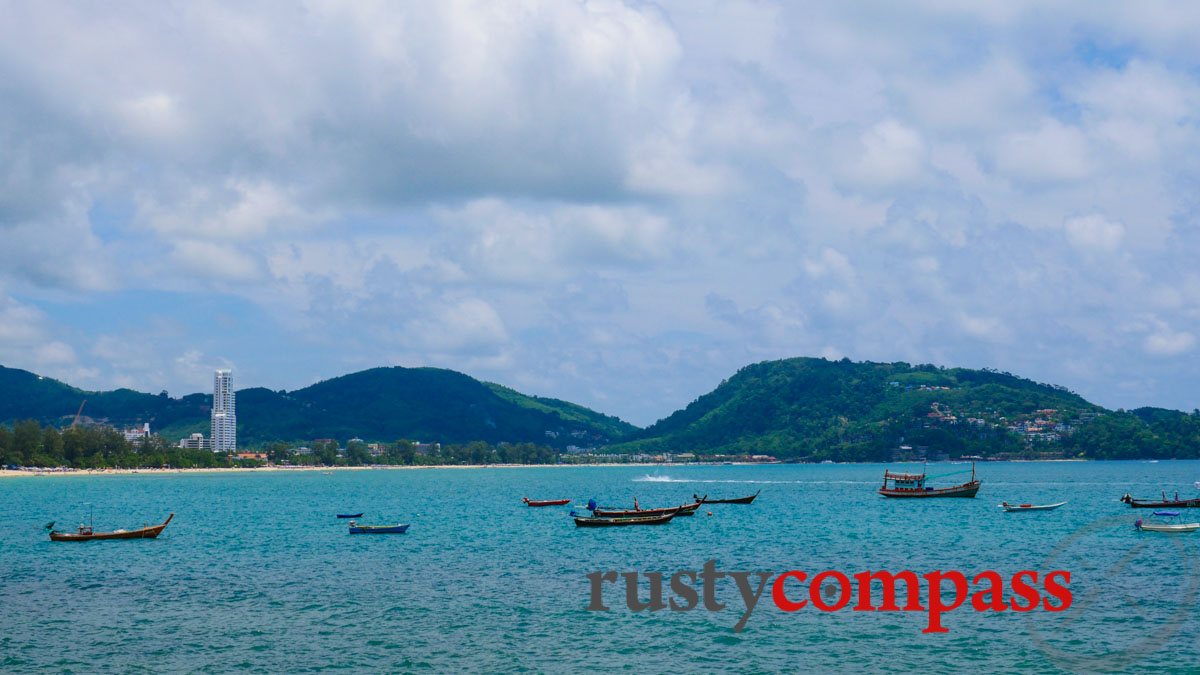
Photo: Mark Bowyer Lonely highrise. Patong Beach, Phuket
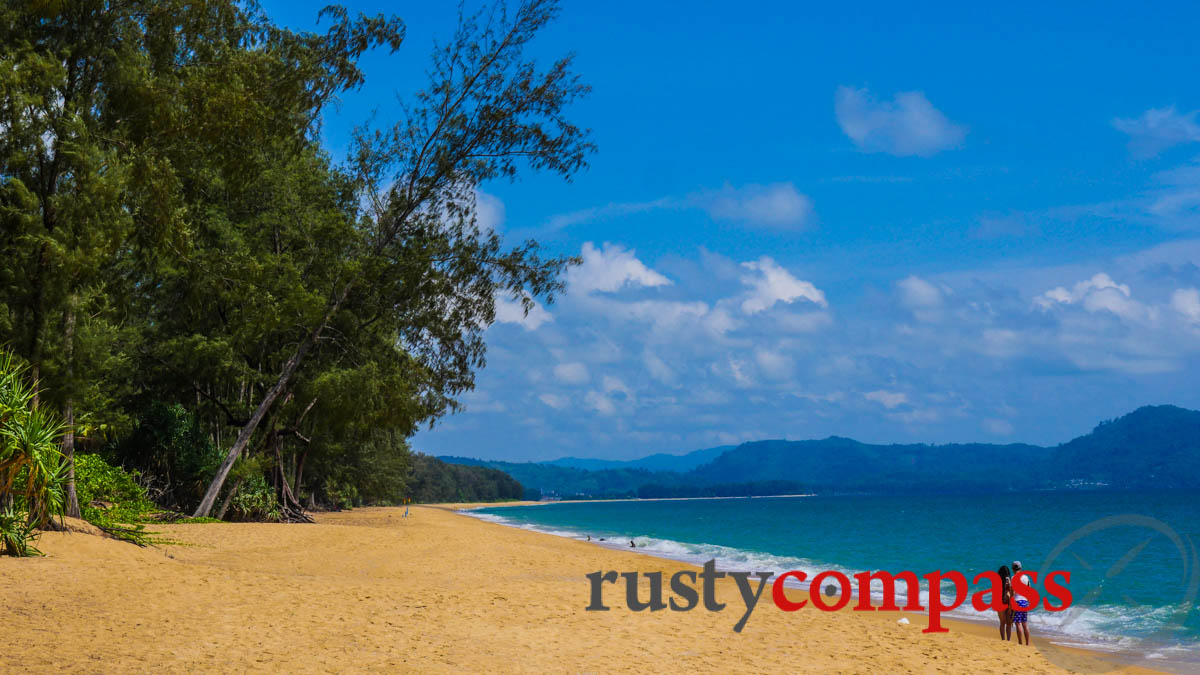
Photo: Mark Bowyer Typical beach scene - Phuket.
Few would point to Phuket as a model for sustainable tourism. But I was amazed at how little high-rise development there is on the island, and how discretely most developments blend into the landscape.
Blending into the landscape seems to be anathema to most contemporary resort developers in Vietnam. But it remains a virtue in Phuket - and Phuket continues to flourish as a tourism destination attracting everything from luxury travellers, to backpackers, and everything in between.
Phuket Town is a delight too - and something different to a beach experience.
Vietnam needs large international resort developments - like any major tourism destination. But those developments need to be part of a mix that takes account of the diverse and evolving interests of tourists, including domestic tourists, the environment, and local people. They need diverse owners - large and small - who bring diverse tourism experience to their products.
If the present pace and style of coastal development continues, I’d prefer not to think what Nha Trang, Danang and Phu Quoc will be like in 2027. It looks like planners aren’t thinking that far into the future either.
Note:
The views expressed in this piece are those of the author. Coco Beach Resort was not asked for a view on these issues and did not contribute in any way to this piece.





There are no comments yet.